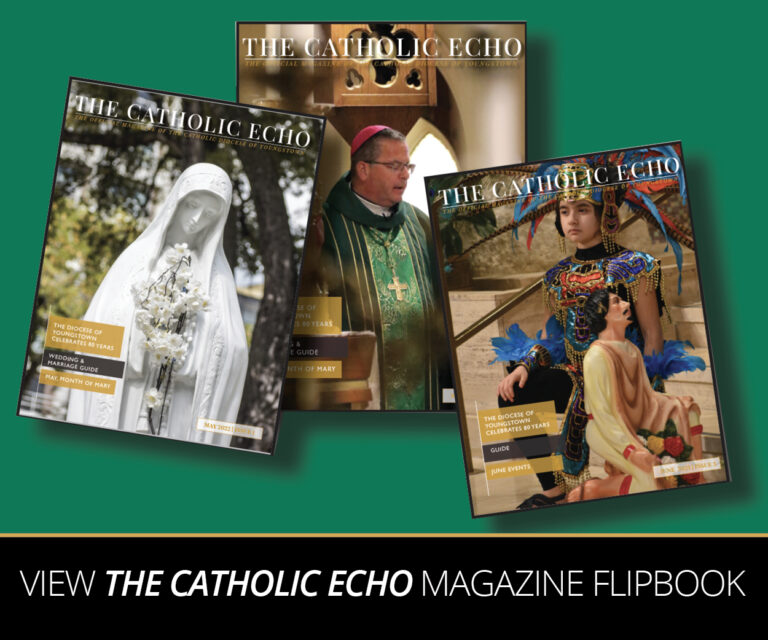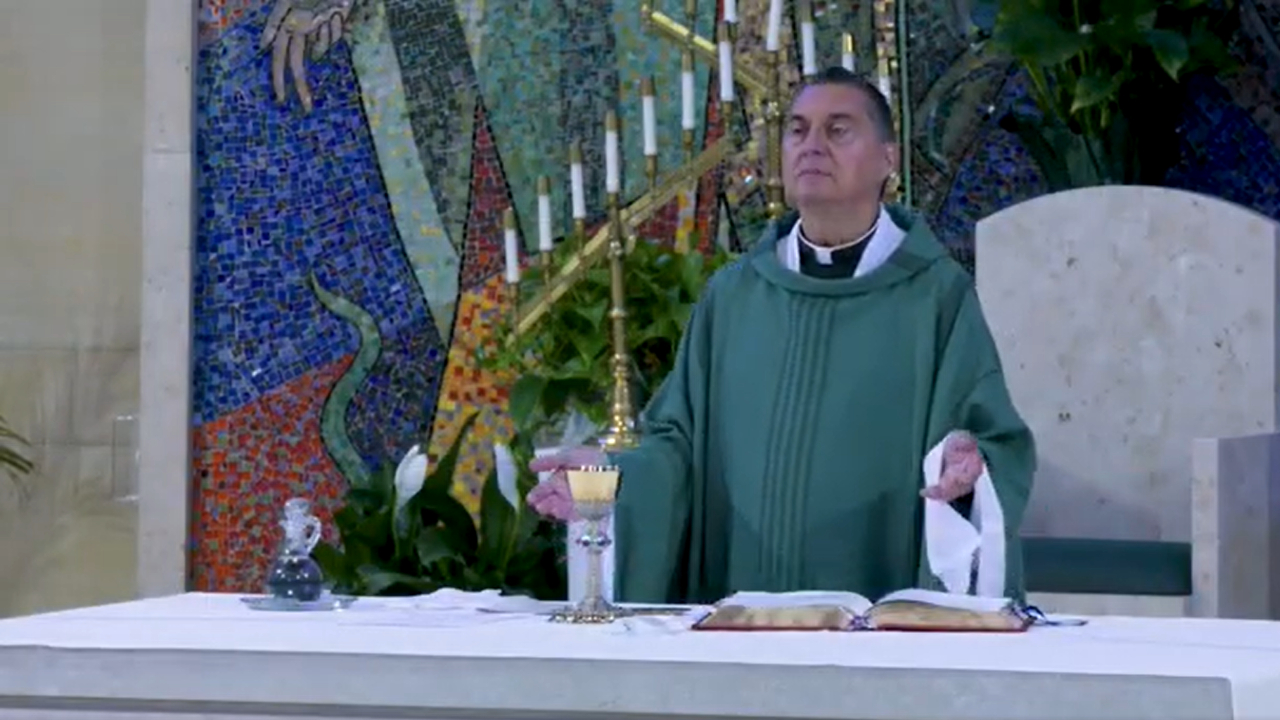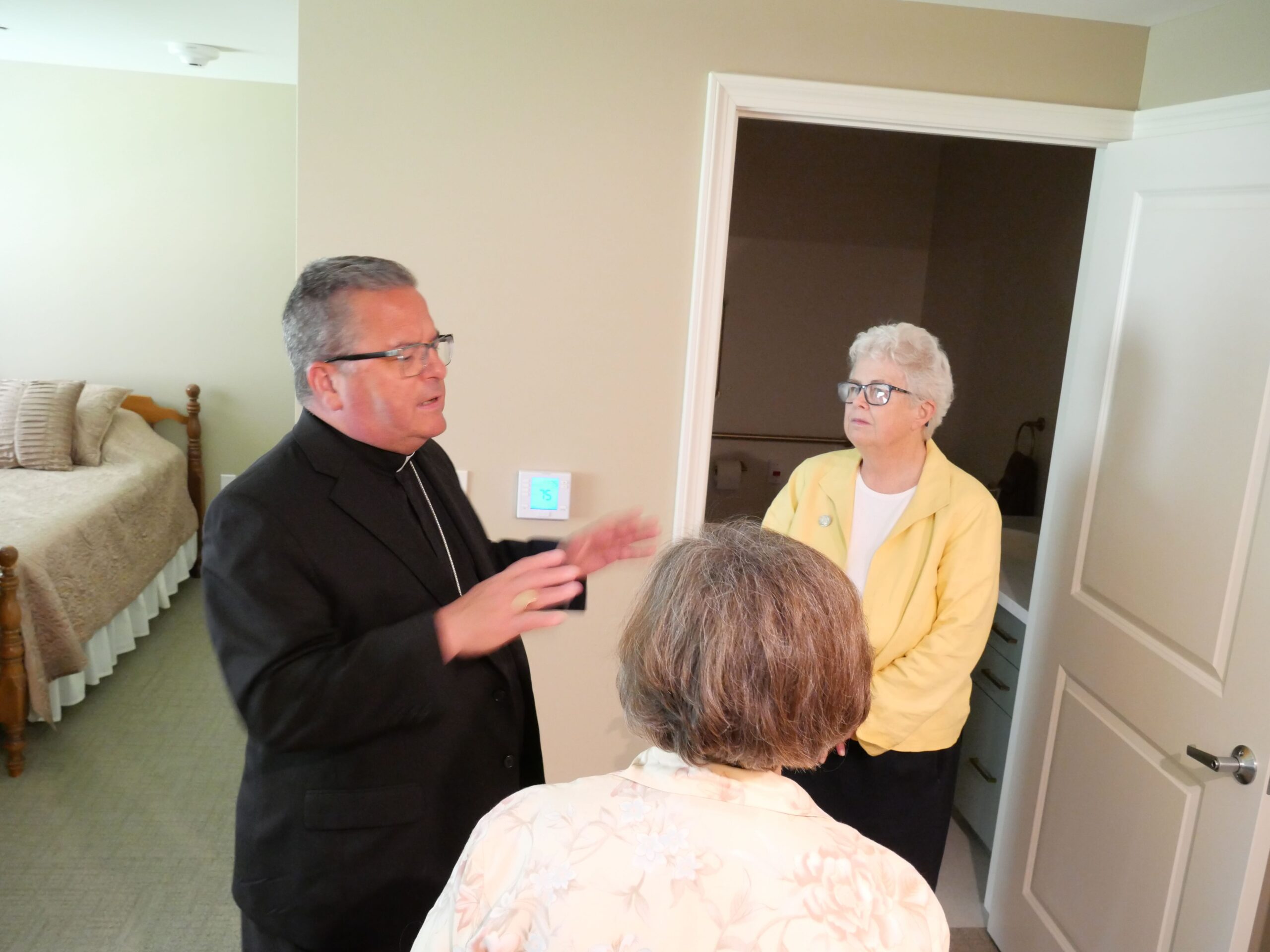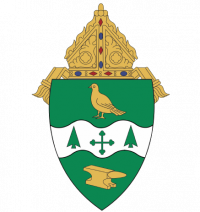
We all know the distinction between referring to a priest as “Father” or “Bishop,” but what is the difference between Reverend, Very Reverend and Most Reverend?
Although some Christian denominations refer to their ministers as “reverends,” the term is not interchangeable with “priest.” Reverend is a priest’s actual title, which appears before his name, akin to Mr. or Dr.
Reverend is an anglicization of the Latin reverendus, meaning “one who must be respected.” Tracing back all the way to the 15th century, reverend was used as a general term of respect for an individual. It was only in the 17th century that the term became especially associated with members of the clergy.
Contrary to what many believe, Very Reverend does not necessarily refer to a monsignor (read our explanation of “Monsignor” from our August issue). The honorific “Very Reverend” is given to priests serving as vicars of the diocesan bishop. Vicars are priests who are given additional responsibilities concerning the governance of the diocese. For example, a vicar general is a bishop’s appointed principal deputy, who has much of the same general responsibility as the Bishop himself, and there are also vicars with particular responsibilities: the judicial vicar, the vicar for clergy and other possible vicars (ex. the vicar for missionary discipleship).
In addition to the Bishop’s vicars serving diocesan governance, the Bishop also has deans, who are his vicars for geographic areas—they, too, hold the honorific “Very Reverend,” with the suffix, “V.F.” listed after their names to note that they are Vicar Forane (which translates to “rural,” or geographic, dean). Finally, the honorific “Very Reverend” is also used for those priests who serve as rector of a cathedral or basilica.
In the Roman Catholic Church, the meaning of the “Most Reverend” honorific varies based on location. In most countries, “Most Reverend” simply refers to a Bishop (in Commonwealth countries such as England, Scotland, Wales and Australia, “Most Reverend” refers to Archbishops, while Bishops are given the title “Right Reverend,” which is the same in the Anglican church).
In conclusion, the offices of priests, deacons and bishops clearly precede any use of “Reverend” or “Most Reverend.” As such, we can safely assume that the distinction between “Reverend,” “Very Reverend” and “Most Reverend” became popularized after the use of “Reverend” became normalized in the 17th century.










